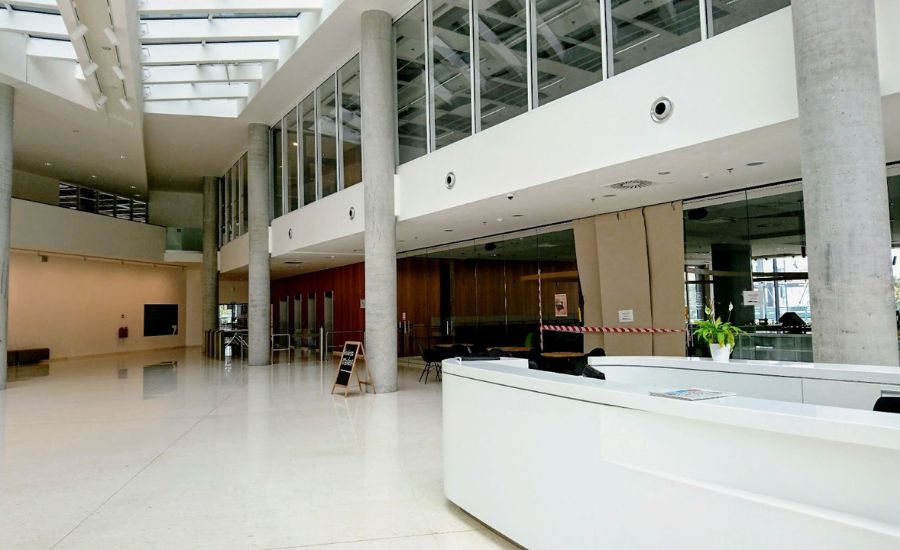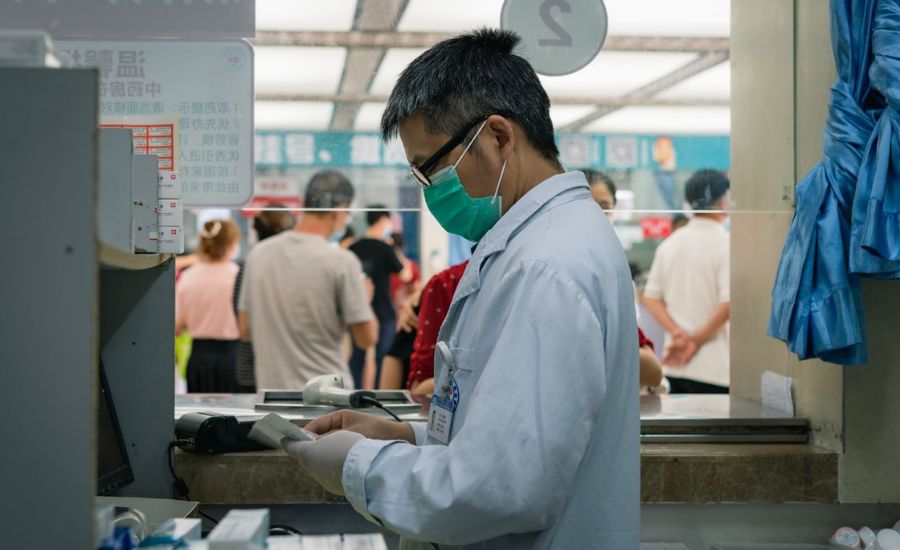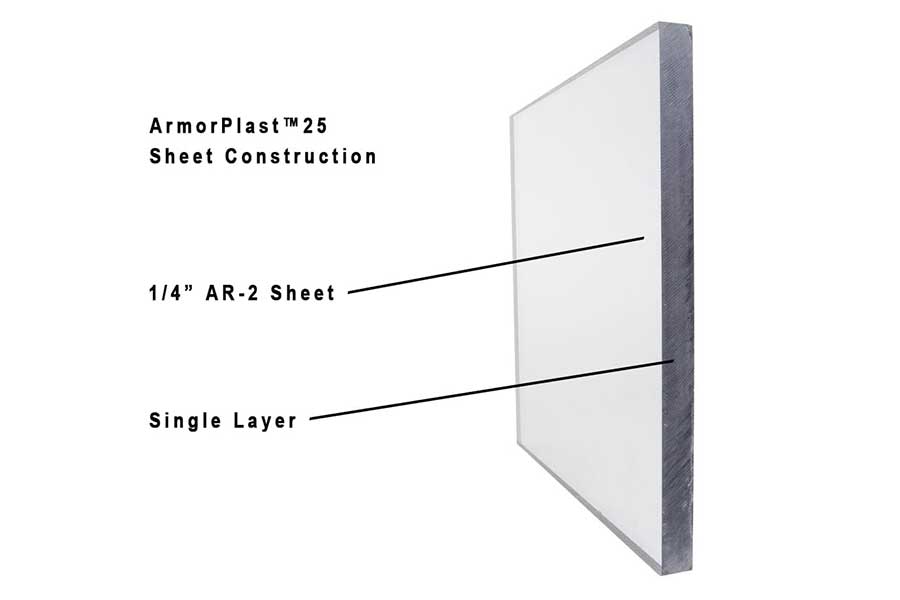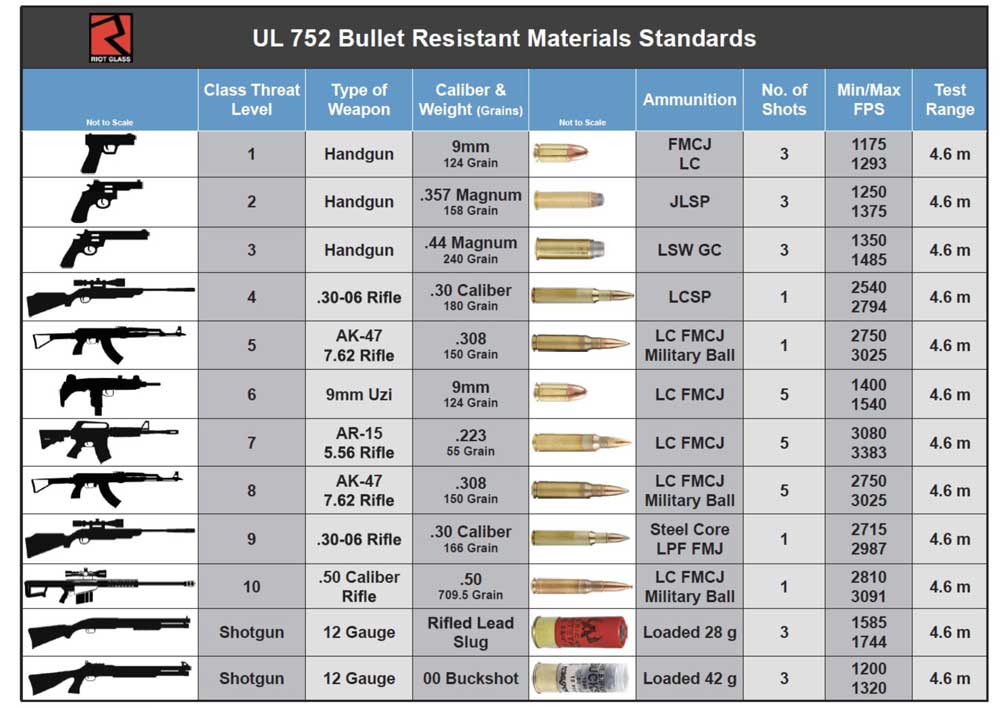Written By: Brad Campbell | March 21, 2022
Hospitals, psychiatric wards, and other healthcare facilities present unique security risks because of the unique situations in which patients must spend time in them. As such, it’s important for these facilities to put the appropriate security measures in place to protect the safety and security of both staff and patients.

One such way to improve hospital safety and security is by protecting glass hospital windows from human impacts. This article will cover all the reasons why this is so important, as well as provide recommendations for the best ways to reinforce hospital glazing.
Patients in hospitals or mental health facilities are often passing through a very mentally distressing time, and thus they may have thoughts of harming themselves or others. One way they could potentially do this is by jumping out of a window or breaking the glass and using the sharp shards to cut themselves or someone else.

Another risk presented by the unprotected glass in hospitals is unwanted egress. Unwanted egress is when a patient flees the facility, which can be accomplished by breaking a window and climbing out. Patients who are mentally unwell, or who are potentially in the hospital related to a criminal case, may attempt to egress without alerting staff or authorities.
Because of these reasons, it’s very important for medical facilities to protect their hospital glass against human impacts, or high force blows from a person using some part of their body.
Potential reasons why a patient may break a hospital window:
To protect hospital windows from human impacts, you must install some type of security glazing with human impact testing certification.
Human impact testing for glass is performed in controlled lab settings that simulate the force of various human impacts to ensure that the glazing will not break or become dislodged if someone tries to break it.
If a piece of glazing passes this testing, it is certified for use as a human impact mitigation barrier in hospitals, psychiatric wards, and other healthcare settings.
The most obvious place to install human impact mitigation barriers in hospitals and psychiatric wards is in patients’ rooms.
Windows serve a very important role in hospitals and psychiatric wards in terms of mental wellbeing. They let natural light in and allow patients to see outside, which has been shown to significantly reduce stress and anxiety. Windows can help patients feel less trapped and hopeless if they’re stuck in a hospital or other facility for an extended period.

However, if someone feels that they are being held against their will, or is feeling extremely depressed, they may take advantage of unprotected windows. Staff can’t monitor patients 24/7, so they may look for a window of opportunity to egress. Or, they might break a window and lash out at themselves or others using broken shards of glass, potentially causing serious injuries.
By installing human impact-tested security glazing over windows in patients’ rooms, hospitals can eliminate all of these risks, and staff can relax knowing that both they and their patients are safe and secure.

Another area to use security glazing in hospitals is for partitions in reception areas. Patients or visitors may get extremely worked up in these areas when talking to reception staff, and human impact windows protect staff from potentially violent individuals who might want to strike them or otherwise attack them.

We offer a full range of security glazing products for hospitals and other facilities. Our products are human impact tested and certified for use in applications where human impacts are a threat.
For medical facility applications, we highly recommend ArmorPlast® AP25. This is the entry-level polycarbonate glazing shield in our proprietary ArmorPlast® line.

ArmorPlast® AP25 is a containment-grade glazing shield that offers virtually unbreakable, yet invisible, protection for glass hospital doors and windows. It is a retrofit solution, meaning that you don’t have to remove or replace your existing glass. AP25 is designed to fit into or onto your existing framing systems, protecting the glass behind from breaking due to high-force impacts.
When we say virtually unbreakable, we truly mean it. AP25 will not break due to any type of human impact and is designed to withstand prolonged attacks using heavy objects or tools. It is forced entry-rated in addition to being human impact-tested, so it will also deny access in the event of a forced entry attempt.
In fact, the only thing that can get through AP25 is bullets, and even then it will not shatter or significantly weaken.
AP25 quick facts:
In some cases, the human impact-resistant glass may not provide enough security for hospitals. For example, if a hospital is prone to receiving potentially violent patients, such as rival gang members, bullet-resistant glass protection may be necessary.
Bullet-resistant hospital glazing protects staff and patients in the unfortunate event that gunfire erupts in a hospital ward. Depending on the specific type of ballistic hospital glazing, it can stop several rounds and prevent an active threat from gaining access to certain areas where they would seek to do harm.
If you need bullet-resistant glass protection for your hospital, Riot Glass LLC also offers a full range of UL 752-rated security glazing up to a UL 752 Level 7 rating. For example, our ArmorPlast® line of polycarbonate security glazing is available with ballistic ratings to withstand a variety of different types of ballistic attacks using handguns or assault rifles.

For more information about our security glass for hospital applications, or to schedule a threat assessment or consultation, contact Riot Glass LLC today.

HOW CAN WE HELP YOU?
